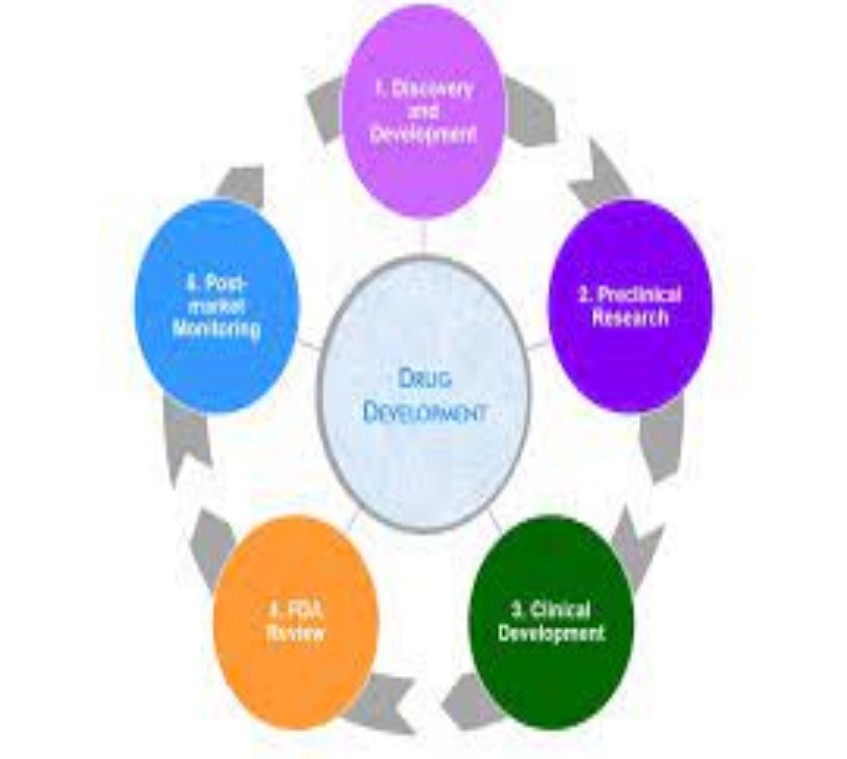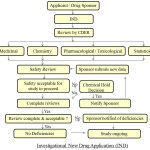The purpose of this article is to look at how drugs are developed today in the modern world and how the chemical engineer is instrumental in the development of new drugs. Let’s first take a look at how the development of a new drug begins. It is interesting to also know that on average it takes 12 years for an experimental drug to travel from the lab to your medicine cabinet. Only 5 in 5,000 compounds that enter the preclinical testing phase actually make it to human testing.  One of these five drugs tested in people is approved.Â
As you can see it is a rigorous and costly process that must be followed to get a new drug to your medicine cabinet. It is estimated on average a company may spend $300 to $400 million dollars to get just one drug to your medicine cabinet. It is not hard to see why some new medicines on the market are so expensive. Let’s take a look at the steps involved in developing a new drug.
Preclinical Testing
This is the initial phase of the testing that begins in the laboratory. A pharmaceutical company will conduct studies in the lab and on animals to show the biological activity of the compound against a targeted disease. The compound is then evaluated for safety. These tests take about 3 1/2 to 4 years to complete.  The chemical engineer would be heavily involved in this phase of drug development.


